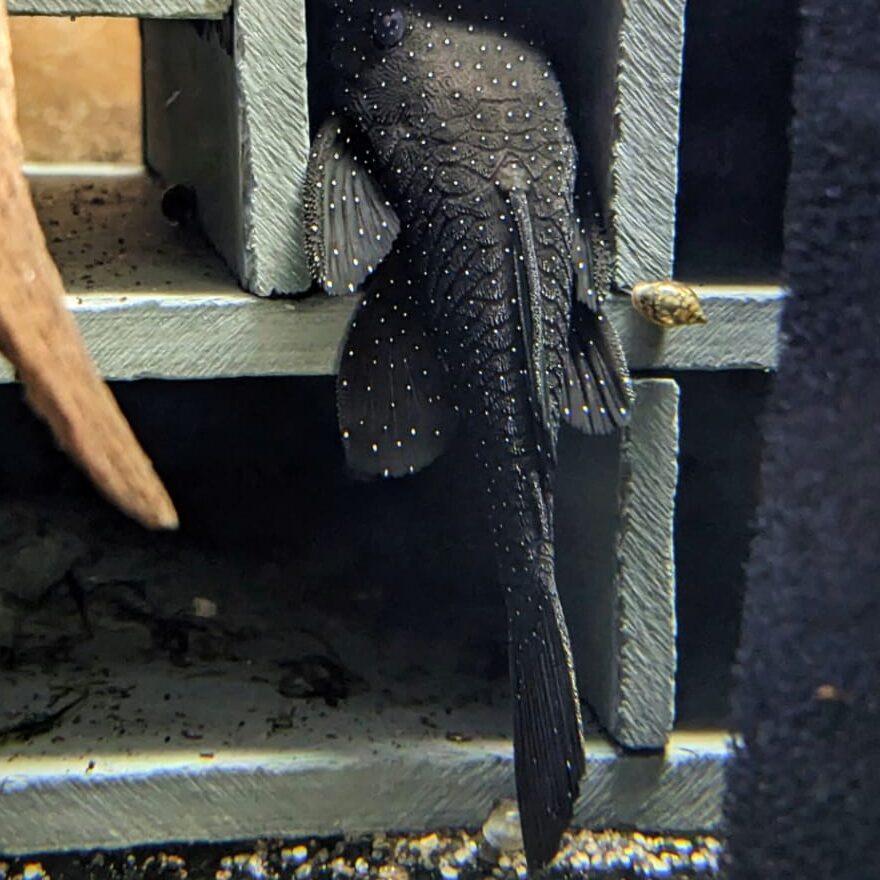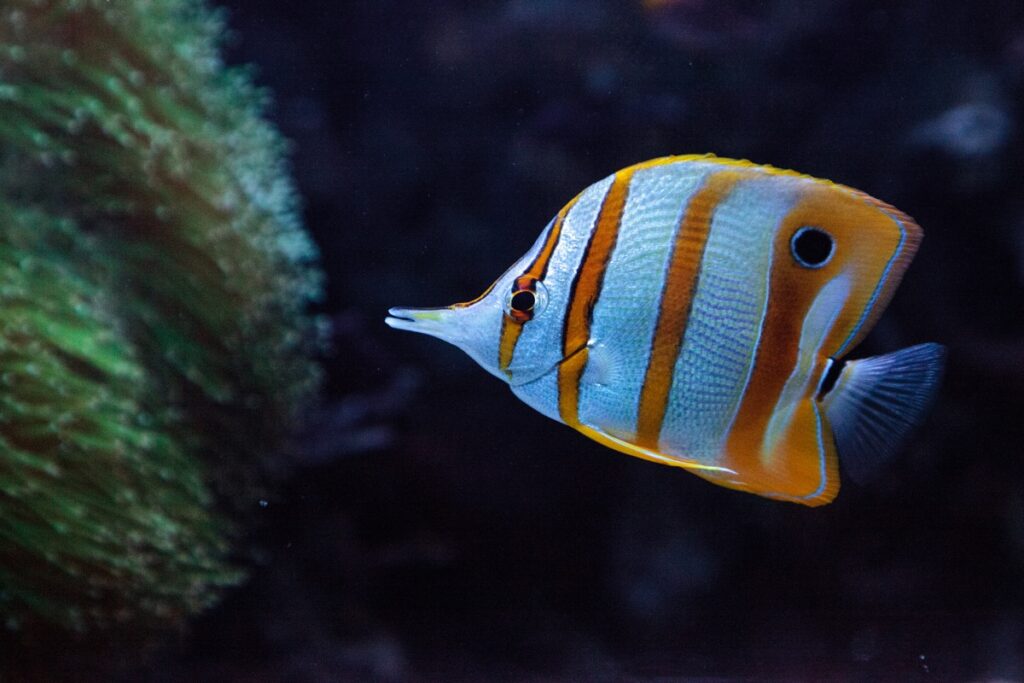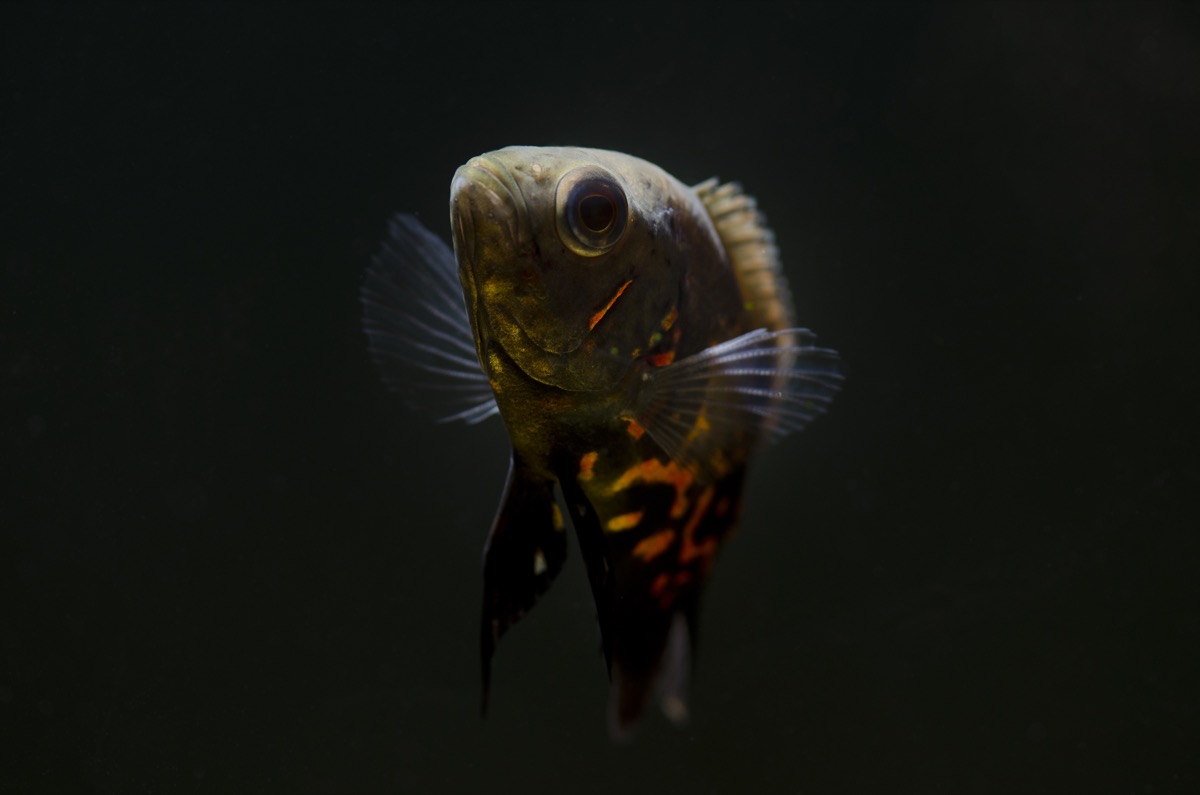Your basket is currently empty!
Description
Geophagus hondae
Geophagus hondae is a captivating freshwater cichlid native to the rivers and lakes of South America, particularly found in the Amazon River Basin. This species is known for its unique behavior, striking appearance, and suitability for community aquariums, making it a popular choice among cichlid enthusiasts.
Appearance
Geophagus hondae is characterized by its elongated, laterally compressed body, typically growing to about 6 to 8 inches (15 to 20 cm) in length. Its coloration can vary, usually featuring a base color of light beige or pale yellow with distinct horizontal stripes or spots, often in shades of blue or brown. As they mature, these cichlids develop a pronounced nuchal hump, particularly in males, adding to their striking appearance. Their large, expressive eyes and vibrant fins further enhance their aesthetic appeal.
Habitat and Behavior
In the wild, Geophagus hondae inhabits sandy riverbeds and shallow waters, where they forage for food among the substrate. They are known for their interesting behavior of “sand sifting,” using their specialized mouths to sift through sand in search of small invertebrates, detritus, and plant material. In an aquarium setting, they appreciate a well-decorated environment with plenty of hiding spots, such as caves and rocks, as well as open areas for swimming.
Diet
Geophagus hondae is omnivorous and thrives on a varied diet. In captivity, they should be fed high-quality pellets, flakes, and a mix of frozen or live foods like brine shrimp, bloodworms, and earthworms. Providing a balanced diet with plenty of vegetable matter, such as spirulina and blanched vegetables, will help maintain their health and vibrant coloration.
Tank Requirements
To successfully keep Geophagus hondae, a minimum tank size of 75 gallons is recommended, as they require ample swimming space and room to establish territories. They prefer slightly acidic to neutral water conditions, with a pH range of 6.0 to 7.5 and a temperature between 74°F and 80°F (23°C to 27°C). A sandy substrate is ideal for their sand-sifting behavior, and a well-planted aquarium with hiding spots will create a comfortable environment that mimics their natural habitat.
Compatibility
Geophagus hondae is generally peaceful and can coexist with a variety of community fish, particularly those of similar size and temperament. They do well with larger tetras, barbs, and other non-aggressive cichlids. However, caution should be exercised when housing them with smaller fish, as they may inadvertently be seen as prey. Providing ample space and hiding spots will help ensure a harmonious tank environment.
Conclusion
Geophagus hondae is a visually stunning and engaging addition to any freshwater aquarium. With proper care, a suitable environment, and a varied diet, these cichlids can thrive and become a captivating centerpiece in your aquatic setup. Their unique appearance and fascinating behavior make them a favorite among both novice and experienced aquarists, enriching the beauty and diversity of the aquarium landscape.
Geophagus Hondae
Geophagus hondae is a captivating freshwater cichlid native to the rivers and lakes of South America











Reviews
There are no reviews yet.